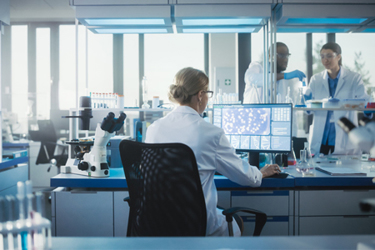5 Novel Techniques For Solubility Enhancement

For a drug to be properly absorbed by the body, it needs to be in a solution state at the point of absorption. The solubility of a drug is crucial to ensure the right concentration of a drug gets into the bloodstream so the bioavailability of the drug causes the desired pharmacological response. Solubility is a key factor in determining how effective a new drug solution will be. Solubility enhancement techniques can help.
Thanks to advances in combinatorial chemistry and high-throughput technologies, the number of new drug candidates has soared, yet about 40% of drugs with market approval and nearly 90% of molecules in the discovery pipeline are poorly water-soluble. ¹ When poorly soluble drug products make it to market, they may gain marketing exclusivity and patent protections. The practice of reformulating them to improve efficacy, patient compliance and safety has now been widely adopted by many pharmaceutical companies thanks to insoluble drug delivery technologies.
That’s where various insoluble drug delivery techniques come in to solve the formulation challenges with poorly water-soluble drugs.
This article reviews:
- Solubility and the Biopharmaceutical Classification System
- BCS Classes
- BCS-Based Biowaiver Eligibility
- Novel Solubility Enhancements: Liquisolid Technique, Spherical Agglomeration, Melt Sono Crystallization, The Prodrug Approach, Nanotechnology Approaches
Get unlimited access to:
Enter your credentials below to log in. Not yet a member of Drug Delivery Leader? Subscribe today.
